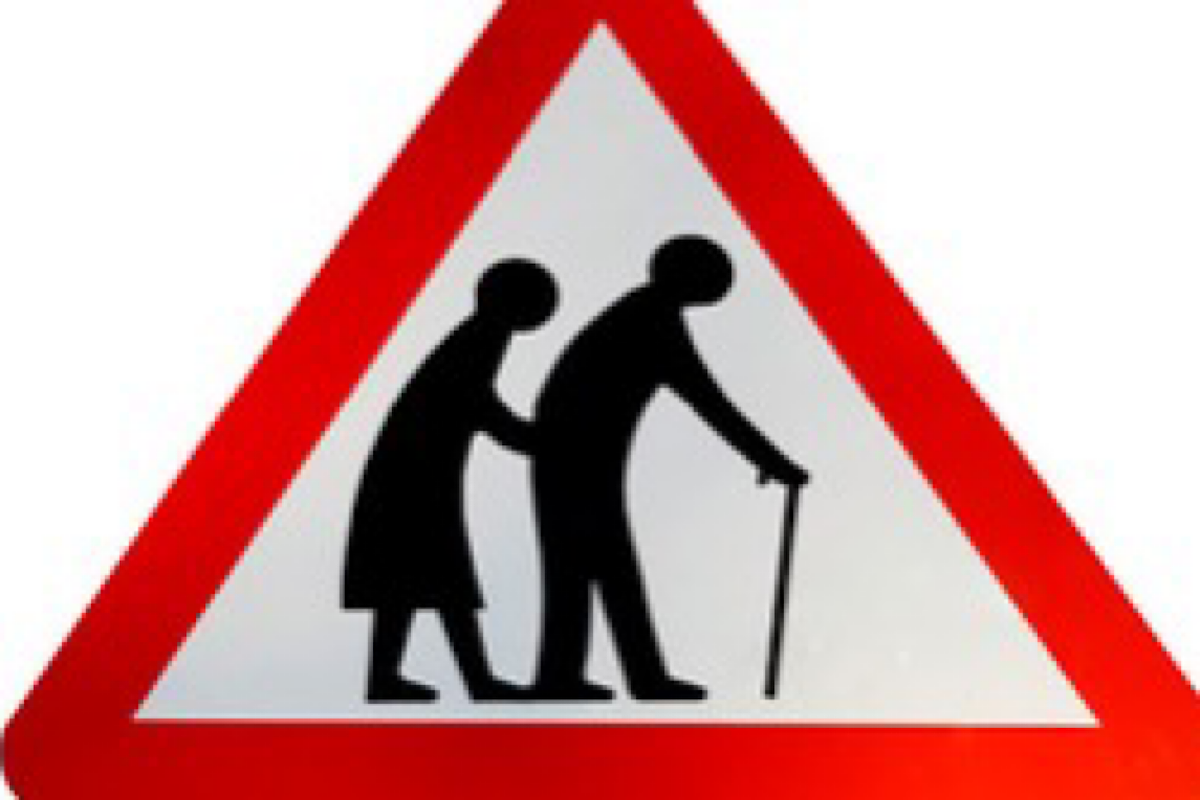Silver Dividend
India stands at a demographic crossroads. While much attention has been given to its youthful population, the country is also witnessing a significant rise in its elderly demographic.
The study, published in BMJ Open, showed the rising prevalence of frailty among middle Indians.

22 crore Indians aged between 45-59 affected by frailty: Study
A whopping 22-crore middle-aged people (or 16.2 per cent of the population) in the age group of 45-59 in India are affected by frailty, according to a global study.
Frailty refers to a state of weakness in the human body that makes people prone to diseases, injuries and falls. Although frailty is commonly associated with older people, it may not be limited to a particular age group.
Advertisement
The study, published in BMJ Open, showed the rising prevalence of frailty among middle Indians.
Advertisement
It showed that women are twice as likely as men to be frail. Having lower education, and using tobacco were also found to be associated with frailty among Indians.
The team of researchers from The George Institute for Global Health (Delhi and Australia), and from the UK, also showed that there are nearly 60 crore (43.2 per cent) frail adults aged over 60.
They found that frailty results in more hospitalisations, falls, and poor cognition in all adults, irrespective of age and sex. The outcomes are worse in women compared to men, although not statistically proven.
Surprisingly, frailty was found to be more common in people who spent more money on their daily needs.
“We think this might be because frail people often have more healthcare expenses, which makes them spend more on daily needs. However, when we looked at their household income instead of spending, we did not see any clear connection,” Vivekanand Jha, Executive Director at The George Institute, told IANS.
For the study, the scientists analysed data from the Longitudinal Ageing Study in India (LASI). The data, which is publicly available, was collected from 2017 to 2019 and includes details from over 65,000 individuals aged 45 and above. The survey covered all states and union territories in India, except Sikkim.
“India has a large ageing population, and the healthcare system is not yet well-coordinated. Knowing about the prevalence of frailty in the country will help in providing the right care and support for those who need it most,” Dr Jha emphasised. Previous studies on frailty have primarily focused on high-income countries.
Since frailty is more common in women, strategies to address it should consider gender differences.
As there is a strong connection between social inequalities and frailty, it is also important to focus on marginalised communities to tackle this health issue effectively, the researchers said. They also suggested managing risk factors and screening for frailty, especially at centres of primary care.
Advertisement